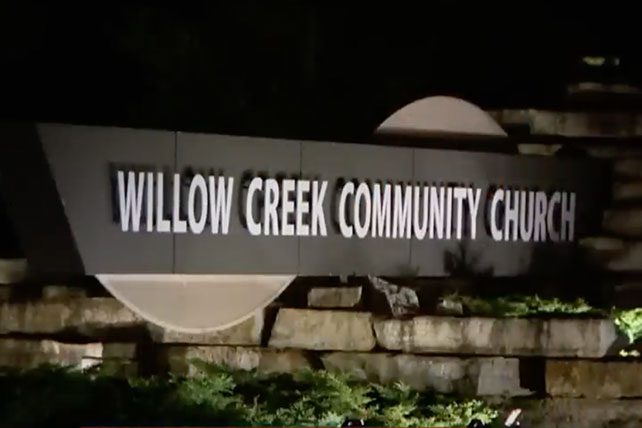Do you want to invite more people to visit your church service or church event? Are you looking for the most cost-effective ways to advertise your church?
Here are some ideas for how you can promote your church.
And these ideas won’t cost a lot of money. In fact, most of them are free.
Idea #1: Share local events or helpful information on Facebook.
Take a look at the content you share on social media.
Is it all about you?
Chances are, you’re doing a pretty good job getting the word out about your services and your events.
It might sound counter-intuitive, but the best way to promote your church is not to promote your church at all. Stop posting selfies, and flip the camera around. Use your promotional resources to talk about things already happening in your community.
In other words, make it about them — not you.
Gwinnett Church does a great job with this with the hashtag #ForGwinnett. Go ahead and search that hashtag.
Sure, you’ll see a few pictures of church services and church events. But you’ll see a lot more stuff about the community.
Here are a few examples illustrating how Gwinnett uses their Facebook page to be about the community
When you talk about local businesses, local schools, and local events, people notice (and often share). You remind people that you’re not just interested in the growth of the church but the good of the community.
Idea #2: Equip your people with tools to invite.
I’ve said this before, but churches do a great job asking their members to invite others.
“Don’t forget to invite your friends next week,” is a common encouragement at the end of many church services.
But we don’t just need to ask them to invite, we need to equip people to invite. We’ve got to give them the tools they need. Remember, the easier you make something, the more likely someone is to do it.
Simple invite tools are not expensive.
- It could be a few creatively designed invite cards printed from Next Day Flyers.
- It could be pre-written social media posts (with pictures) that people could cut, paste, and post.
- It could be car stickers, flyers, or graphics people can easily share.
Create simple tools and take the time to teach people how to use them. Here are 19 ways you can encourage your church to invite.
Idea #3: Leverage social media on Sunday morning.
Carey Nieuwhof says it’s time to stop welcoming people like it’s 1999.
What’s he talking about?
Most people in church have smartphones in their pockets. That’s not something to fear; that’s something to leverage.
Here’s what we mean.
We’ve seen churches put creative signs on the floor, so people can take pictures of their feet and let people know they are at church.
I’ve seen churches encourage people to take out their phones during the welcome and let everyone know they are at church.
I’ve seen churches create shareable notes and quotes so church attendees can share a little about their experience.
The main idea here is to recognize the collective influence of your congregation and find ways to help them leverage those relationships.
Idea #4: Go old school.
Maybe most people in your church don’t use social media. That’s okay.
There are plenty of non-technological ways you can get the word out about your church or a church event.
In fact, in a digital age, it might even be easier for something counter-culture to get noticed. There are plenty of old school, grassroots methods that still work in addition to new methods.
- Printing flyers and handing them out might seem outdated, but if that’s what you can do, go for it.
- Printing road signs and putting them out on the weekend can help you get some positive attention.
- You can hang door-hangers in neighborhoods.
Be creative and be fun. And promote relevant events. But you don’t have to abandon traditional methods just because someone says everything is going digital.
Idea #5: Join outside-of-church community groups.
This won’t cost you a lot of money, but there could be a significant long-term impact.
If your community has civic groups, join one.
If your church has more than one person on staff, divide and conquer.
Can you imagine how many relationships and opportunities would happen if every civic group in town had a representative from your church? Someone should be at every Chamber of Commerce meeting. Someone should join the Kiwanis club. Someone should show up at the Young Republicans meeting or the Young Democrats meeting.
Be present in your community and look for ways to help. Your church just might be a solution to a problem some group is trying to work through.
Those are five ideas for how you can promote your church on a tiny budget. Some of these don’t involve any money at all.
Original article appeared here.





















